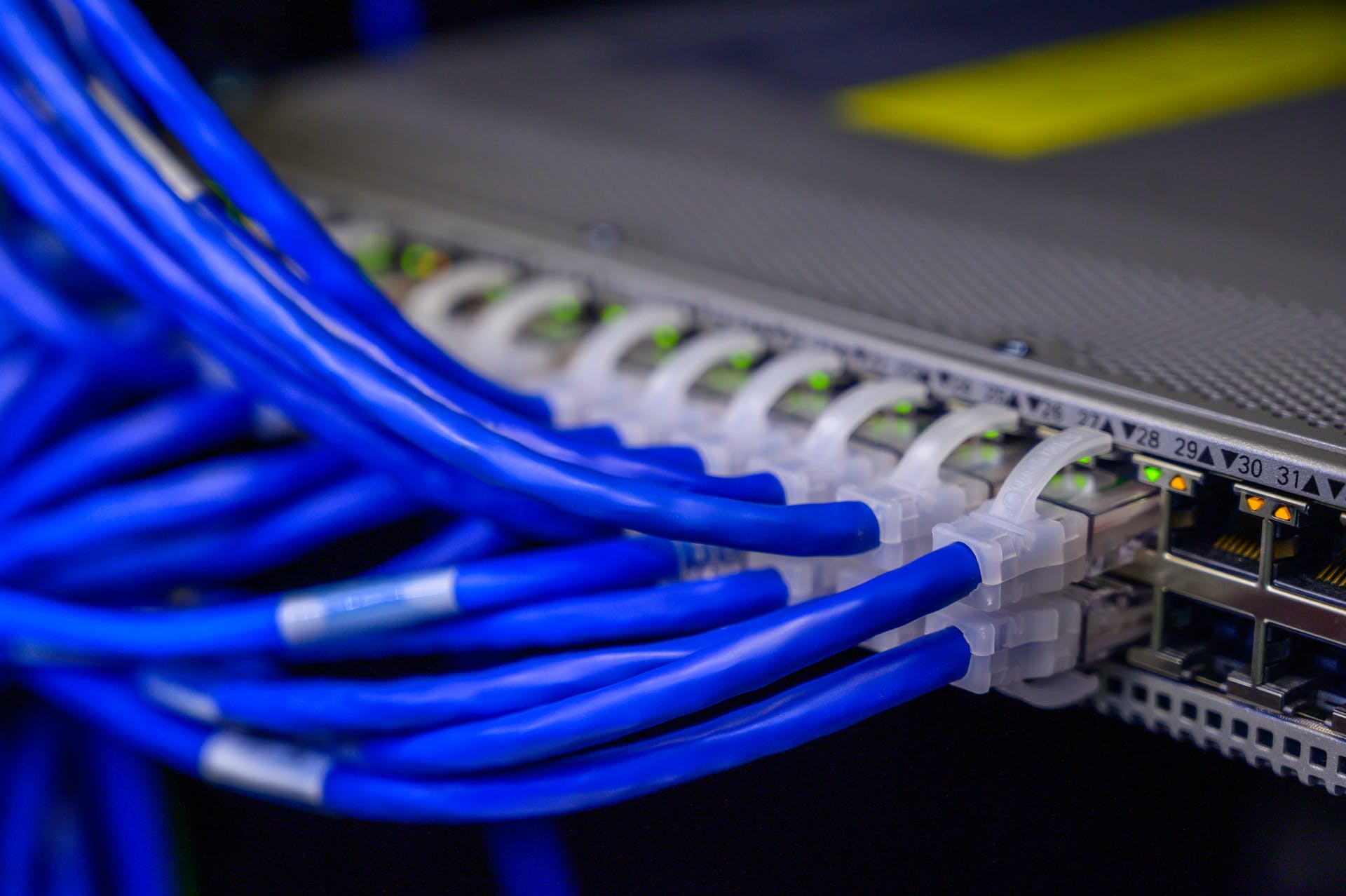Last update at :2024-03-13,Edit by888u
Bricklayer supports free system reinstallation. When we modify the system environment variables and the Bricklayer VPS cannot be opened, we can restore the factory settings through the system reinstallation function of Bricklayer. Today, this site will introduce to you how to check the current system version and reinstall the system with one click, which only takes a few minutes.
1. Check the Bricklayer system version
The OS version is also in the KiwiVM console, so the first thing is to log in to the KiwiVM console.
Open the official website of KiwiVM and click "My Services" in "Services". All the user's KiwiVM VPS instances will be listed in the new interface. In the second step, click "KiwiVM Control Panel" behind each instance. button to directly enter the KiwiVM control panel of the VPS:
On the home page of the KiwiVM console, we can see the system version of the bricklayer. For example, the system version of the machine below is 64-bit Ubuntu 16.04:
2. Tutorial on reinstalling the system by moving bricklayers
1. Stop VPS
Before reinstalling the system, we need to stop the Bricklayer VPS first, that is, the status (Stauts) of the Bricklayer VPS is Stopped. A normally running VPS should be in the Running state, as shown in the figure below. At this time, we click the stop button. Stoppable VPS:
If someone here cannot stop the Bricklayer VPS, use the force stop function later to ensure that your Bricklayer VPS is stopped:
2. Reinstall the system
Click "Install new OS" on the left to start reinstalling the system, and select the system that needs to be reinstalled. Bricklayer supports common Linux systems, including CentOS, Ubuntu, Debian, etc. As for which system is better for Bricklayer? In fact, there is no difference. Unless the function you use must be in a certain system environment, you can just choose CentOS without getting too entangled. The one ending with -bbr means that the system will automatically turn on Goole BBR acceleration. Of course, you can also turn it on yourself: "Enable BBR congestion control algorithm for VPS with one click to accelerate your VPS network speed."
Then check "I agree that all existing data on my VPS will be lost." This sentence means that reinstalling the system will cause all data on the VPS to disappear (equivalent to resetting the VPS to factory settings) Settings, your previous settings and installed software are gone), and finally click Reload to start reinstalling the system:
PS: If you have not stopped the VPS before, then in this step, the system will fail to be reinstalled and an error will be reported: Unable to reload a running VPS. Please stop the VPS and try again, which means please stop first. VPS, then reinstall the system:
3. Wait for system reinstallation
Reinstalling the system by Bricklayer usually takes 5-10 minutes. After the reinstallation is completed, Bricklayer will send an email to your mailbox, including the new root password. The SSH port of Bricklayer will not change after reinstalling the system.
3. What do bricklayers need to do after reinstalling the system
Changes and unchanged after reinstalling the system:
- IP remains unchanged;
- SSH port remains unchanged;
- The root username remains unchanged;
- The root password has changed;
- All data and software will be wiped.
So what software should I install after reinstalling the system? You can install whatever software you need. After reinstalling the system, the Bricklayer VPS is equivalent to a new VPS, and all information has been reset.
Recommended site searches: ip proxy server, Guangzhou host rental, Hong Kong ip, Zhengzhou server server space rental, truly free server, which Hong Kong space is better, independent ip virtual host, ip purchase, website icp filing,








发表评论